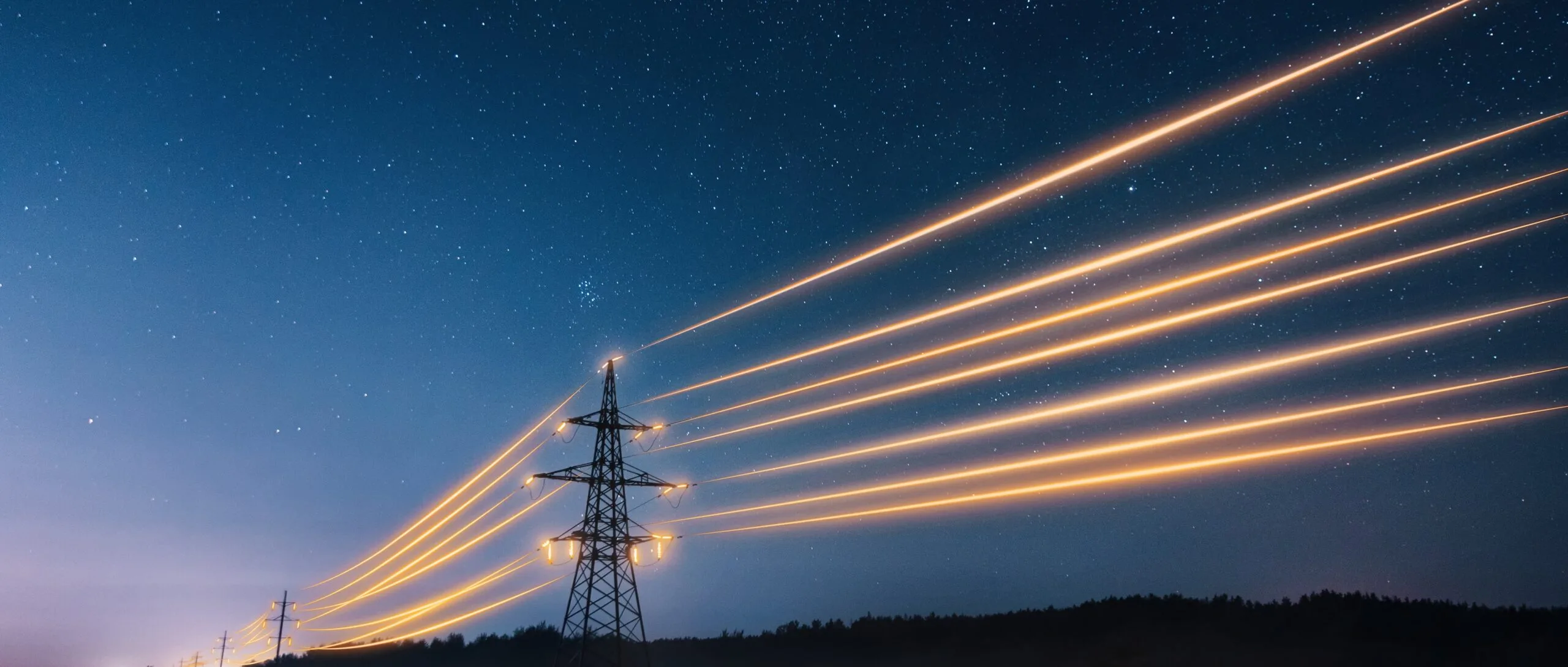
Brussels, 07 December 2022 – In an open letter sent to the European Commission, WindEurope and Cefic identify key priorities for the upcoming Electricity Market Reform.
Marco Mensink, Director General of Cefic, stated:
“Electrically heated steam cracker, electrolysers, heat pumps: many of the technologies that we need to create a carbon-neutral chemical industry depend on the access to abundant and cheap renewable energy. This is why the chemicals industry joins wind energy producers in a call for a fully integrated and future proof electricity market. Short-term measures to solve the current energy crisis and increase availability of supply are important but they are not enough. Only thought-through long-term EU electricity market design can deliver a strong, sustainable and competitive Europe.”
Giles Dickson, WindEurope CEO, said:
“Europe is moving towards a decarbonised energy system with very high shares of renewables. The current energy crisis will only reinforce and accelerate this process. Europe’s chemicals industry and other energy-intensive sectors want to decarbonise their production processes – and invest in renewables-based electrification and renewable hydrogen. They agree with the wind industry that we need a long-term EU electricity market design that unlocks and supports these much-needed investments. A patchwork of national emergency measures will not do.”
Here the full text of the open letter
07 December 2022
Joint open letter From Cefic and WindEurope to the President of the European Commission Ursula von der Leyen on the upcoming review of the Electricity market design
Dear President von der Leyen,
The energy crisis resulting from the Ukraine war has put the European economy under severe strain, and it is heavily disrupting energy intensive industries such as the chemical industry. European Institutions and National Governments have adopted temporary measures to limit the impact of energy prices on end-users, mainly focused on retail consumers. Measures are currently being discussed to accelerate permitting procedures for renewable energies, which hopefully will deliver additional electricity generation capacity in a relatively short timeframe.
These are all important steps but, unfortunately, they are not enough. The impact of this prolonged energy crisis and diverging energy costs in Europe compared to the rest of the world is far-reaching, affecting the survival of entire industrial value chains in Europe.
Moreover, Europe has so far failed to propose a joined-up policy response to the energy crisis, leading to fragmented and uncoordinated interventions. This can undermine the very fundamentals of the internal energy market, with potential dire implications for the larger European single market ambition.
Beyond the context of the present crisis, the transition to climate neutrality necessitates a regulatory framework that enables the potential of electrification as a key driver for emission reduction in industry.
The upcoming review of electricity market regulation will be a key milestone in preparing the EU for this transition. WindEurope and Cefic recommend considering the following parameters during the review of the electricity market:
- Sustainability, security, and competitiveness of Europe’s electricity system design need to go hand in hand and serve the competitiveness of EU’s industry.
Today’s energy crisis, caused by a shock on the supply of natural gas, had a knock-on impact on electricity prices, leading to a reflection on the current design of the internal European electricity market. Thereby, it is important to keep separate emergency measures, aiming to tackle geopolitical-driven supply shocks, from long-term structural measures, aiming to deliver competitive and sustainable carbon-neutral power at the lowest societal cost, in view of the electrification of our economy, where economically efficient. - Accelerating the deployment of new, and the strengthening of, electricity grids is an absolute priority. Over the last decade, Europe has underinvested in its electricity grids. There is an urgent need to remove regulatory and permitting bottlenecks that are preventing the free flows of electrons across Europe and delaying the optimised use of infrastructure. Moreover, to accelerate grid development, system operators, asset developers, technology suppliers and end-users need deeper cooperation since the early design stages.
- Short-term wholesale markets should remain the main mechanism for ensuring cost efficient power plant dispatch and settlement of electricity market contracts in day-ahead and intra-day markets. However they are not sufficient to drive long-term investments at the pace and scale needed to meet the EU objectives – hence the need for measures in the market design to cost-efficiently deliver such long-term signals.
- Long-term contracts between electricity producers and consumers should be promoted.
They are helpful tools to unlock the investments needed to accelerate new power capacity buildout, while mitigating risks on both sides. Ultimately, long-term contracts provide certainty to energy consumers, asset developers and investors.[1] - Increasing shares of variable renewable energy supplies will require more demand flexibility next to better storage or exchange to other energy carriers.
Market-based solutions should be promoted, to activate the most cost-efficient solutions across the economy. To a certain extent, industrial players, like chemical companies, could also provide flexibility solutions on a voluntary basis, where possible and profitable. Regulatory barriers should be lifted and regulatory conflicts should be resolved (e.g. demand response vs. energy efficiency). - System adequacy should first be addressed “within the market”, by clearly defining roles and responsibilities for market participants and energy carriers, in a EU-wide approach.
Adequacy mechanisms should be residual and limited to providing the strictly necessary adequacy needs, after the market responsibilities have been determined. They should be designed to minimise distortive impacts on energy markets, and avoid stranded investments in view of delivering climate neutrality. They should be designed with a view to anticipate new challenges, such as the necessary deployment of additional storage assets, integration of small or aggregated loads, and exchanges with other energy carriers. And they should ensure fair burden sharing between market participants.
The upcoming review of the Electricity market design is an opportunity to design an instrument that not only helps us address the current energy crisis, but builds on achievements and lessons learnt, aiming at reaching a truly integrated, pan-European electricity market.
Yours sincerely,
Giles Dickson, CEO, WindEurope
Marco Mensink,Director General, Cefic
[1] Examples of long-term contracts include Power Purchase Agreements, “10 year plus” futures traded on stock exchanges, etc.










